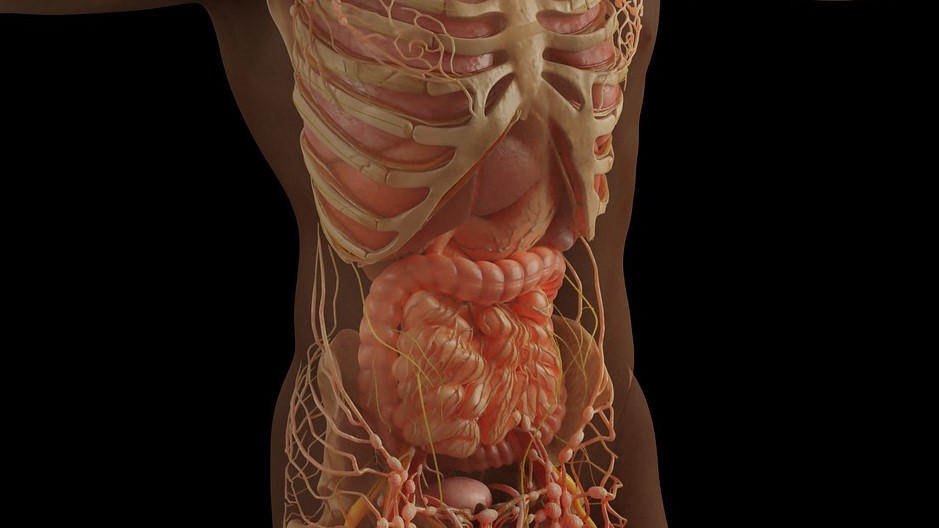
A Swedish study of more than 12 000 patients with nonalcoholic fatty liver disease (NAFLD) revealed a significantly increased risk of severe infections requiring hospital admission. The study was published in Clinical Gastroenterology and Hepatology.
NAFLD is considered a manifestation of the metabolic syndrome in the liver and with the global rise in obesity, NAFLD has emerged as the most common chronic liver disease affecting around one quarter of all adults worldwide. Being such a wide-spread disease, it has also become the fastest growing cause of end-stage liver disease, primary liver cancer and liver transplantation. In recent years, NAFLD is increasingly viewed as a multifaceted disease affecting multiple organ systems.
In the ESPRESSO study, involving 12 133 individuals with biopsy-proven NAFLD, and 57 516 matched controls from the general population, NAFLD was associated with a 71% higher risk for severe infections requiring hospital admission. The researchers found that individuals with NAFLD exhibited the same spectrum of infection sites as compared with the general population – with respiratory and urogenital tract infections being the two most common sites of infection.
“Our work is important as the first nationwide study assessing the risk of infections in individuals diagnosed with NAFLD”, says lead author Dr Fahim Ebrahimi, MD, MSc, postdoctoral researcher at Karolinska Institutet and gastroenterologist at Clarunis University Center for Gastrointestinal and Liver Diseases in Basel, Switzerland. “Our findings highlight the importance of NAFLD as a multisystem disorder that increases the risk of infections independent from other underlying risk factors such as diabetes mellitus.”
Risk differences for infections
The researchers were intrigued by previous experimental studies that suggested that NAFLD is associated with impaired function of several immune cells which may lead to higher susceptibility towards various viral, bacterial, and fungal infections. “The liver plays a significant role in the human immune system with immune cells, such as macrophages (Kupffer cells) and lymphocytes, constituting up to 20% of all liver cells”, adds Dr. Ebrahimi. “We were surprised to find that the risk of severe infections was increased even in people with simple fatty liver disease without evidence of any liver inflammation or fibrosis. However, when individuals had evidence of the inflammatory subtype nonalcoholic steatohepatitis (NASH), or had developed fibrosis, they were at even higher risks with the highest risks among those with cirrhosis.”
“The absolute risk difference at 20 years after NAFLD diagnosis was 17.3%, equal to one extra severe infection in every 6 patients with NAFLD, therefore, our findings underline the importance of early diagnosis and treatment to reverse the disease at all stages”, says corresponding author Jonas F Ludvigsson, paediatrician at Örebro University Hospital, and professor at the Department of Medical Epidemiology and Biostatistics, Karolinska Institutet.
“To date, clinical guidelines on NAFLD have not yet included specific recommendations for preventing and managing infections”, says Dr Ebrahimi. “Based on our results, prevention of infections should become one of the main public health efforts to tackle NAFLD associated morbidities.”
Source: Karolinksa Insitutet

